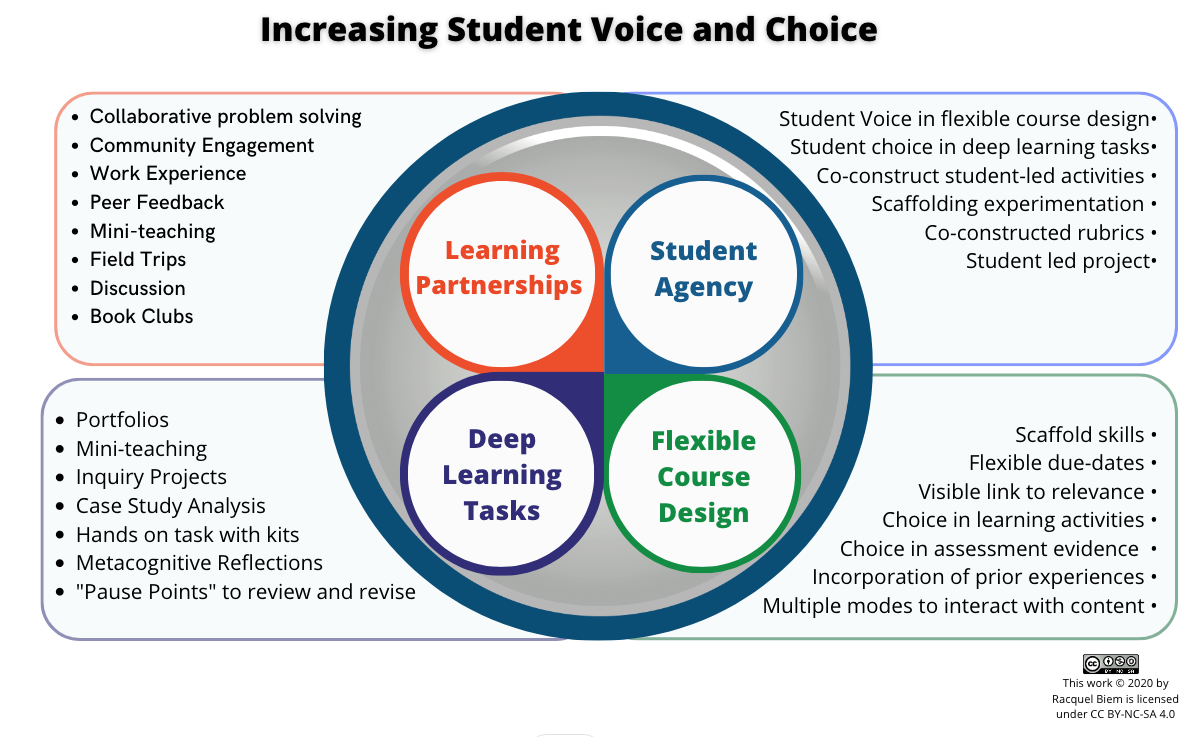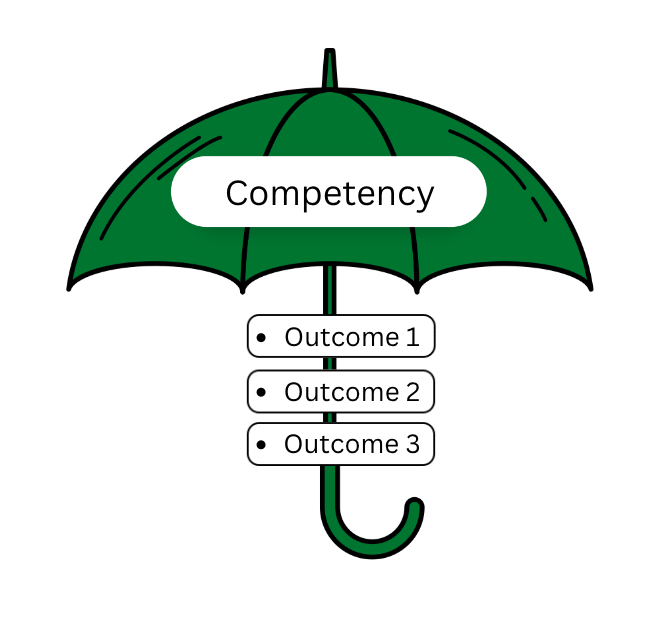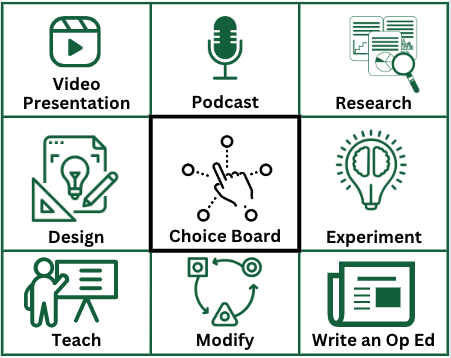SDG 1 No Poverty – Embedding the Sustainable Development Goals in Learning
This blog post is part of a series around the 17 Sustainable Development Goals (SDGs). Each post will dive into one of the goals and how we as educators can strive to embed these into our own courses. It is in the author’s opinion that any course or class can connect with one of the 17 goals or 169 sub-targets. By providing this blog post series, we hope to elicit some ideas of how you might also integrate a global goal into your teaching. Please refer to the USask SDG Teaching & Learning Workbook, review the USask Sustainability in the Curricula website, or scroll down for more information about the SDGs.
![]() SDG 1 calls for an end to poverty in all its forms by the year 2030. Achieving this goal means seeing a reduction in the number of people living on less than $1.25 US per day. The more people earn, the more they can spend on their basic needs. One of the ways the UN hopes to do this is by implementing social protection systems at the national level to support the poor and vulnerable. That is no easy task, especially given that not everyone experiences poverty the same way. “Of all the provinces, Saskatchewan has the second-highest percentage of children living in poverty. For total numbers including adults, the province is third overall at 26.2 per cent.” So while poverty is certainly defined differently globally, it is important for USask graduates to be empowered to act locally as well.
SDG 1 calls for an end to poverty in all its forms by the year 2030. Achieving this goal means seeing a reduction in the number of people living on less than $1.25 US per day. The more people earn, the more they can spend on their basic needs. One of the ways the UN hopes to do this is by implementing social protection systems at the national level to support the poor and vulnerable. That is no easy task, especially given that not everyone experiences poverty the same way. “Of all the provinces, Saskatchewan has the second-highest percentage of children living in poverty. For total numbers including adults, the province is third overall at 26.2 per cent.” So while poverty is certainly defined differently globally, it is important for USask graduates to be empowered to act locally as well.
You might be able to align to this SDG if you want your learners to be able to:
• understand the concepts of relative and absolute poverty, while critically reflecting on their underlying cultural assumptions and practices.
• be aware of the local, national and international distribution of poverty and wealth, as well as a collection of poverty reduction strategies.
• collaborate with others to empower individuals and communities to affect change, raise awareness and encourage dialogue and solutions regarding poverty.
• evaluate, participate and propose solutions to systemic problems related to poverty.
Some curricular connections and questions for students might be:
| Media How does the media present poverty? Locally? Nationally? Internationally? |
Oppression and genocide How is poverty a form of oppression? |
| Consumerism Do our consumer habits impact the lives of others? If yes, how? |
Health and biotechnology What are the impacts of poverty on a person’s health? |
| Environment How do environmental concerns like climate change impact poverty? |
Gender politics How does gender impact a person’s experience with poverty? |
| Poverty, wealth and power How does access to power and wealth relate to poverty? |
Social justice and human rights What can we do to support people in poverty? Locally? Nationally? Internationally? |
| Indigenous peoples In what ways do Indigenous people experience poverty uniquely? |
Peace and conflict What can be done to resolve poverty at different system levels? |
WHAT ARE THE SUSTAINABLE DEVELOPMENT GOALS?
 The 17 Sustainable Development Goals — also known as the SDGs or the Global Goals —came into effect on January 1, 2016 following an historic United Nations Summit in September 2015. 193 governments from around the world agreed to implement the Goals within their own countries in order to achieve the 2030 Agenda for Sustainable Development. Over the next fifteen years, with these new Goals that universally apply to all, countries will mobilize efforts to end all forms of poverty, fight inequalities and tackle climate change, while ensuring that no one is left behind.
The 17 Sustainable Development Goals — also known as the SDGs or the Global Goals —came into effect on January 1, 2016 following an historic United Nations Summit in September 2015. 193 governments from around the world agreed to implement the Goals within their own countries in order to achieve the 2030 Agenda for Sustainable Development. Over the next fifteen years, with these new Goals that universally apply to all, countries will mobilize efforts to end all forms of poverty, fight inequalities and tackle climate change, while ensuring that no one is left behind.
These new, interconnected goals build on the successes of the Millennium Development Goals, or MDGs, while also identifying new priority areas such as climate change, economic inequality, innovation, sustainable consumption, peace and justice, among others.
Although each country faces specific challenges in pursuit of sustainable development, special attention is given to the most vulnerable countries, in particular, African countries, less developed countries, landlocked countries and small island developing states. There are also serious challenges within many middle-income countries.
For each of the 17 goals, there is a list of specific targets we aim to reach. The targets discussed in this guide have been summarized for ease of reading. For a more detailed list of all the 169 targets, visit GlobalGoals.org
This content has been adapted from the original by the Gwenna Moss Centre for Teaching and Learning and the University of Saskatchewan from the Manitoba Council for International Cooperation. Users are free to download, copy, print and share this resource as needed, and adapt for their classroom or non-commercial use. If you adapt or build on this work, please let MCIC or USask know! gmctl@usask.ca. Sustainable Foundations: A Guide for Teaching the Sustainable Development Goals by the Manitoba Council for International Cooperation is licensed under CC BY-NC-SA 4.0. To view a copy of this license, visit https://creativecommons.org/licenses/by-nc-sa/4.0
Original document http://mcic.ca/uploads/public/files-sf/SF-Full-FINAL-WEB-ISBN-2021-EN.pdf



